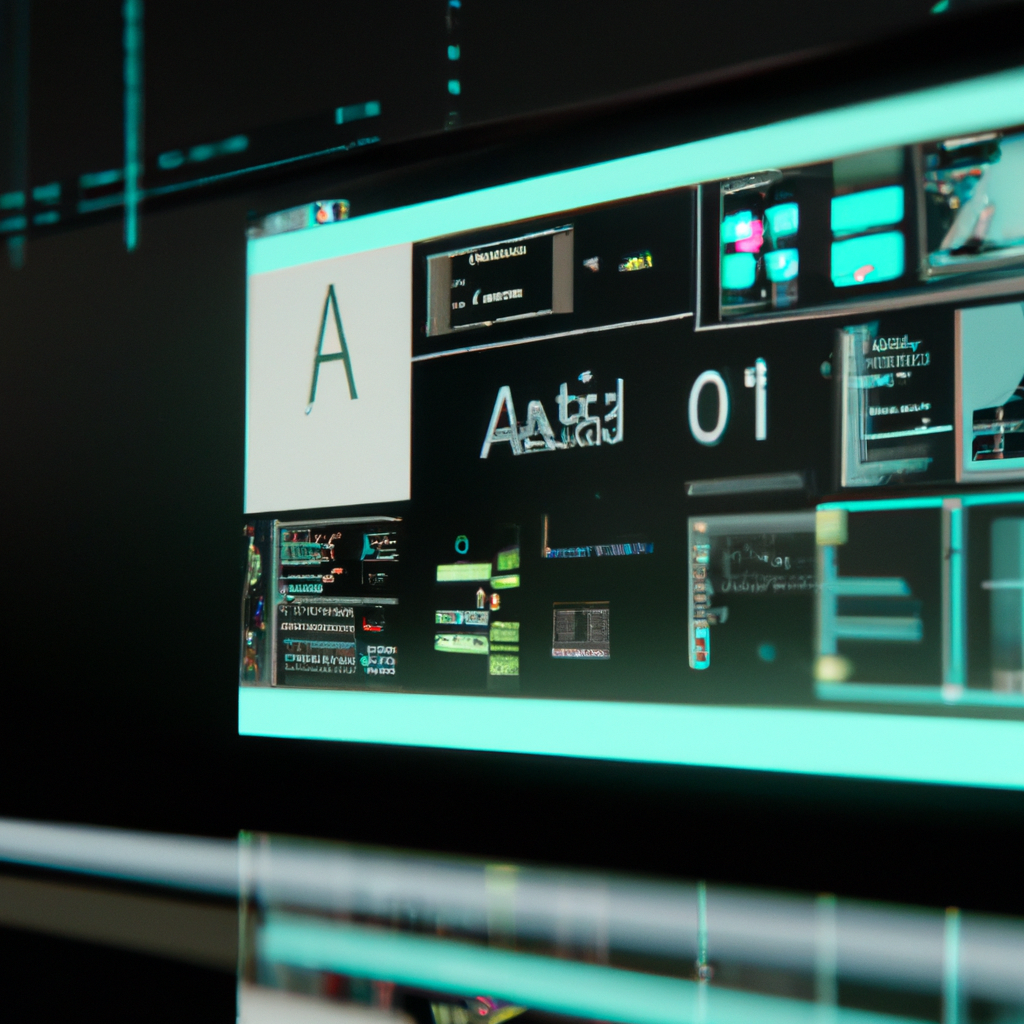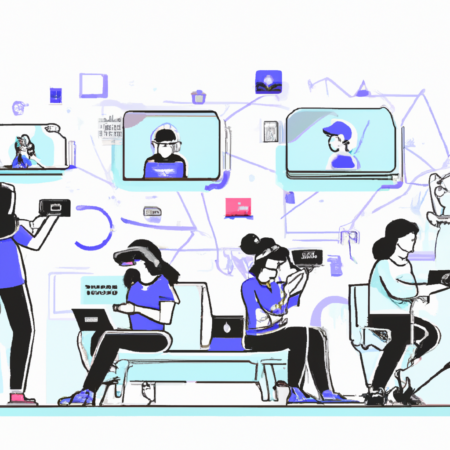Revolutionizing User Experience: The Rise of AI in UX Design
As we step into the second quarter of 2025, the landscape of User Experience (UX) design is witnessing a transformative shift with the integration of Artificial Intelligence (AI). This evolution is not just reshaping how designers approach their projects but also enhancing user satisfaction and engagement across digital platforms.
Understanding AI in UX Design
AI in UX design refers to the systematic use of machine learning algorithms and data analytics to improve the design process. AI tools can analyze vast amounts of user data to predict user behaviors, automate repetitive design tasks, and generate user-centric designs.
Benefits of AI in UX Design
- Enhanced personalization: AI algorithms can tailor user experiences based on individual preferences and behaviors.
- Increased efficiency: Automating routine tasks allows designers to focus on more creative aspects of UX design.
- Improved usability testing: AI can simulate user interactions to identify usability issues before they impact real users.
Challenges and Considerations
Despite its benefits, integrating AI into UX design comes with challenges. Designers must ensure that AI tools are used ethically and that they do not compromise user privacy.
The Future of AI in UX Design
Looking ahead, AI is set to become a staple in UX design, driving innovation and creating more intuitive user interfaces. The role of the designer will evolve, requiring a blend of creative and technical skills.
As we continue to navigate this exciting era of digital design, the potential for AI to revolutionize user experiences is boundless. Embracing AI in UX design is not merely about keeping up with trends but about setting the stage for the future of digital interactions.






